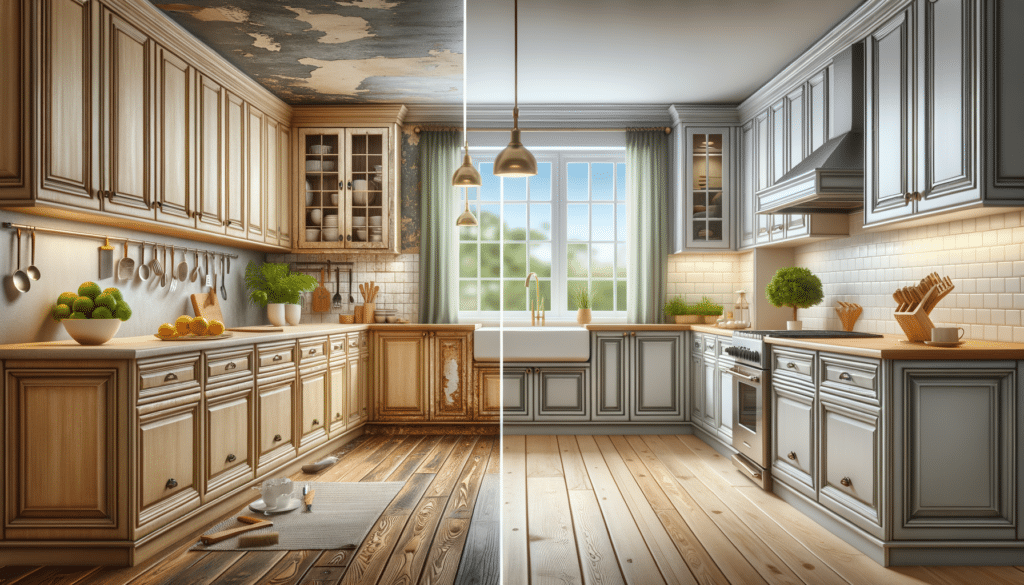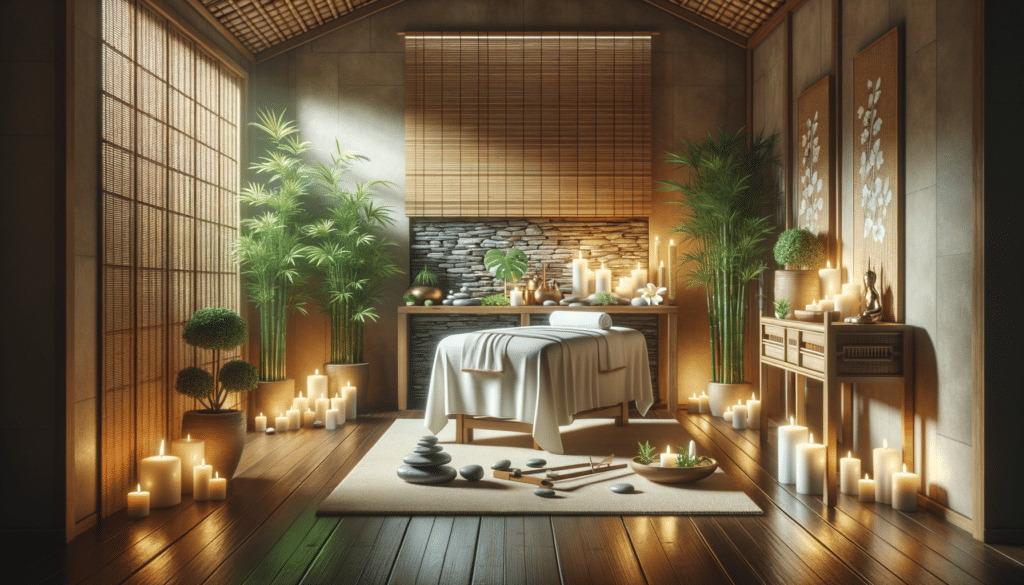Understanding the Basics of Kitchen Cabinet Design
Kitchen cabinet design is a fundamental aspect of home improvement that impacts both the functionality and visual appeal of your kitchen. Cabinets serve as the backbone of kitchen organization, providing essential storage solutions for utensils, appliances, and food items. The design of kitchen cabinets can significantly influence the overall ambiance and usability of the space. When planning your kitchen cabinet design, several factors must be considered, including layout, materials, and style.
One of the primary considerations is the layout of the kitchen. The arrangement of cabinets should complement the kitchen’s workflow, ensuring that cooking, cleaning, and storage activities are seamless and efficient. Common layouts include the L-shape, U-shape, and galley, each offering distinct advantages based on the kitchen’s size and shape.
Materials play a vital role in determining the durability and style of kitchen cabinets. Options range from solid wood, which offers a classic and robust appeal, to laminate, which provides a cost-effective and versatile alternative. Each material comes with its pros and cons, influencing factors such as maintenance, longevity, and cost.
Style is another crucial element in kitchen cabinet design. From traditional to contemporary, the style you choose should reflect your personal taste and complement the overall theme of your home. Popular styles include shaker, flat-panel, and inset, each offering unique aesthetic qualities.
- Layout: L-shape, U-shape, Galley
- Materials: Solid wood, Laminate
- Styles: Shaker, Flat-panel, Inset
The Role of Color and Finish in Kitchen Cabinet Design
Color and finish are pivotal in defining the character and mood of your kitchen. The choice of color can influence the perceived size of the space, while the finish can add layers of texture and depth. When selecting colors, it’s essential to consider both personal preference and the kitchen’s existing color scheme.
Neutral colors such as white, gray, and beige are popular choices for kitchen cabinets, offering a timeless and versatile appeal. These shades can make a kitchen appear larger and more open, which is particularly beneficial in smaller spaces. Conversely, bold colors like navy blue or forest green can create a striking focal point and add personality to the kitchen.
The finish of the cabinets can range from matte to glossy, each providing a different visual and tactile experience. Matte finishes are known for their understated elegance and ability to hide fingerprints and smudges, making them practical for busy kitchens. Glossy finishes, on the other hand, reflect light and can make the kitchen appear brighter and more vibrant.
- Neutral colors: White, Gray, Beige
- Bold colors: Navy blue, Forest green
- Finishes: Matte, Glossy
Innovative Storage Solutions in Modern Kitchen Cabinets
As kitchens evolve to meet the demands of modern living, innovative storage solutions have become a hallmark of contemporary kitchen cabinet design. The goal is to maximize space efficiency while maintaining accessibility and convenience.
Pull-out shelves and drawers are among the most popular innovations, allowing easy access to items stored at the back of cabinets. These features are particularly beneficial in deep cabinets where reaching the back can be challenging. Lazy Susans and corner cabinets are also effective in utilizing awkward spaces, ensuring that no area is wasted.
Vertical storage solutions, such as tall cabinets and pull-out pantries, are ideal for storing items that are used less frequently. These options help keep the kitchen clutter-free while providing ample space for bulk storage. Additionally, integrating smart technology, such as motion-activated lighting and automated opening systems, can enhance the functionality of kitchen cabinets.
- Pull-out shelves and drawers
- Lazy Susans and corner cabinets
- Vertical storage solutions
- Smart technology integration
Custom vs. Stock Kitchen Cabinets: Making the Right Choice
When considering kitchen cabinet design, one of the critical decisions is choosing between custom and stock cabinets. Each option has its advantages and potential drawbacks, and the choice largely depends on budget, timeline, and personal preferences.
Custom cabinets are tailored to fit the specific dimensions and style preferences of your kitchen. They offer unparalleled flexibility in terms of design, allowing you to select materials, colors, and finishes that perfectly match your vision. However, custom cabinets are typically more expensive and require a longer lead time for production and installation.
Stock cabinets, on the other hand, are pre-manufactured and available in standard sizes and styles. They are more budget-friendly and can be installed relatively quickly, making them an attractive option for those with time constraints. While stock cabinets offer less customization, they come in a wide range of designs and finishes to suit various tastes.
- Custom cabinets: Tailored design, Higher cost, Longer lead time
- Stock cabinets: Pre-manufactured, Budget-friendly, Quick installation
Trends in Kitchen Cabinet Design
The world of kitchen cabinet design is continually evolving, with new trends emerging to meet the changing needs and tastes of homeowners. Staying informed about these trends can help you make informed decisions and create a kitchen space that is both stylish and functional.
One of the prominent trends is the use of sustainable and eco-friendly materials. As environmental awareness grows, more homeowners are opting for cabinets made from recycled or renewable materials. This trend not only reduces the environmental impact but also adds a unique touch to the kitchen design.
Another trend is the integration of open shelving in kitchen cabinet design. Open shelves provide a modern and airy feel, allowing for the display of decorative items and easy access to frequently used kitchenware. This design element can be combined with traditional cabinets to create a balanced and dynamic kitchen space.
Minimalist designs continue to be popular, focusing on clean lines and a clutter-free appearance. This trend emphasizes functionality and simplicity, creating a calming and organized kitchen environment.
- Sustainable materials
- Open shelving
- Minimalist designs
Conclusion
In conclusion, kitchen cabinet design is a multifaceted aspect of home improvement that requires careful consideration of layout, materials, style, and functionality. By understanding the basics and staying informed about current trends, homeowners can create a kitchen that is both aesthetically pleasing and highly functional. Whether opting for custom or stock cabinets, the key is to strike a balance between personal preferences and practical needs, ensuring that the kitchen remains a welcoming and efficient space for years to come.




